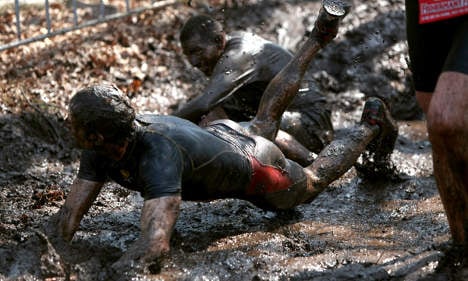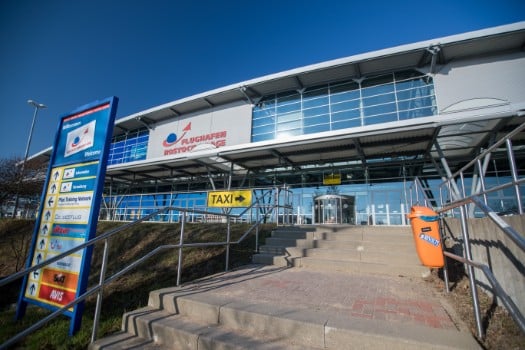The course, set on the barren landscape of a former British Royal Air Force base, tested the mettle of the competitors with 27 obstacles that included former nuclear weapons storage bunkers, pools of ice-cold water, mud baths and hay bales.
Click here for a photo gallery of the Fisherman’s Friend Strongman Run 2010.
It was a clean sweep for the Germans with triathlon champ Knut Höhler taking first place for the third year in a row with a time of 1 hour, 42 minutes and 26 seconds, followed by compatriots Karsten Kruck in 1:43:56 and Marco Schneider in 1:45:45.
But many of the competitors took a light-hearted approach, dressing up in novelty outfits and dragging audience members into the action – especially around the mud baths.
Competitors ranged in age from 18 to 72, with 7,997 men taking part and 917 women.
Many runners were forced to find alternative travel plans to make the race, desperately piling into buses, cars, trains and ferries to get to Weeze in the middle of the worst modern transport chaos Europe has seen.
The furthest-travelled runner came from New Zealand.



 Please whitelist us to continue reading.
Please whitelist us to continue reading.
Member comments